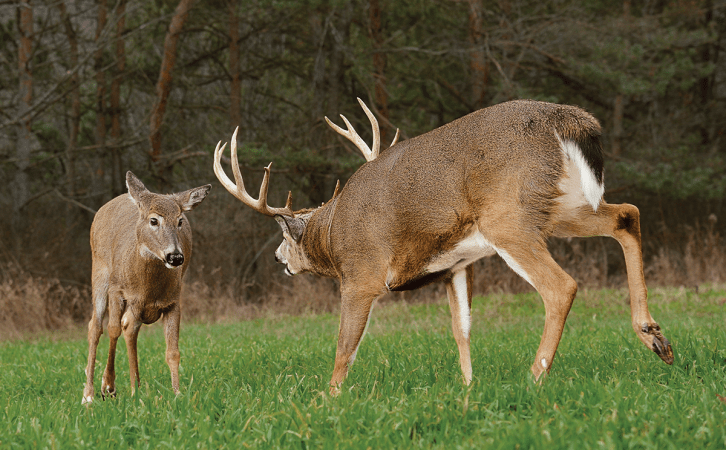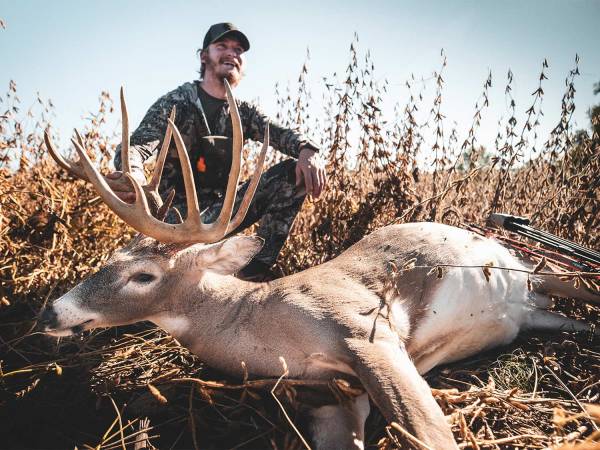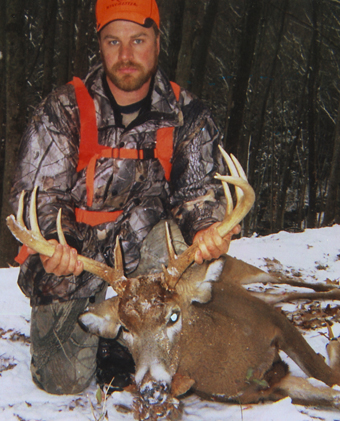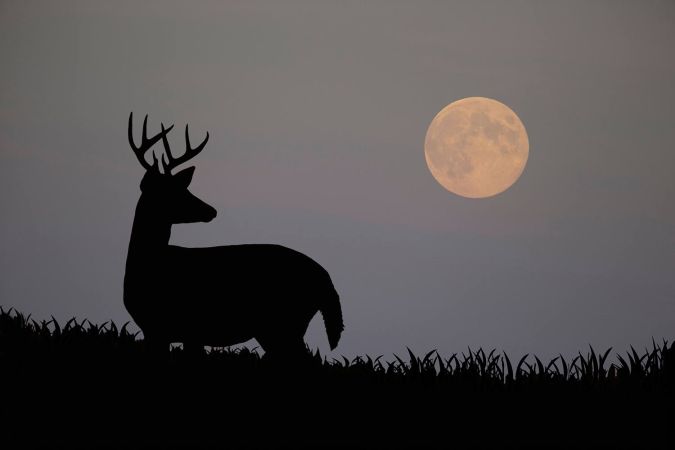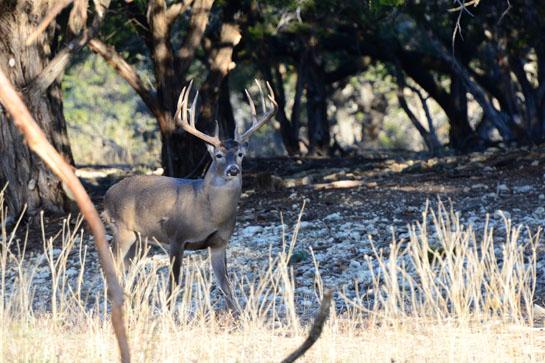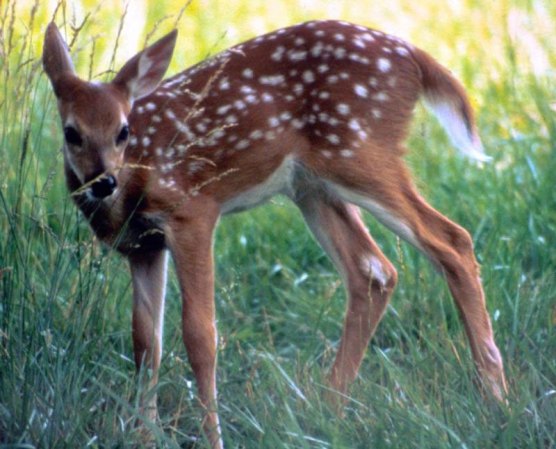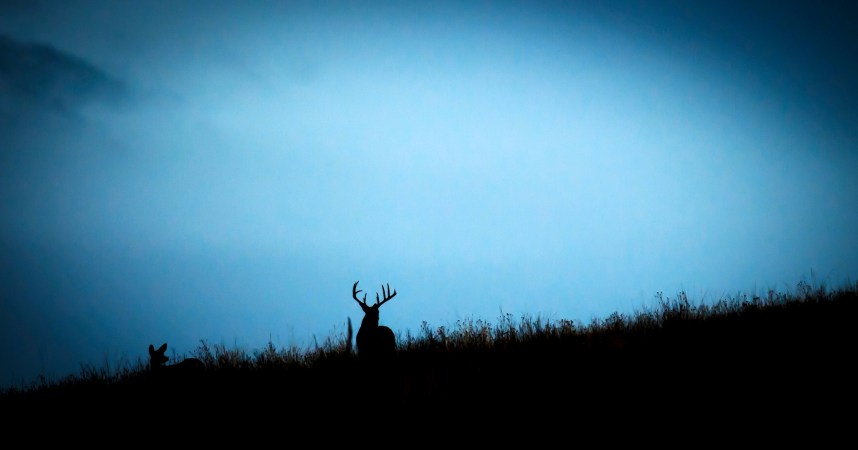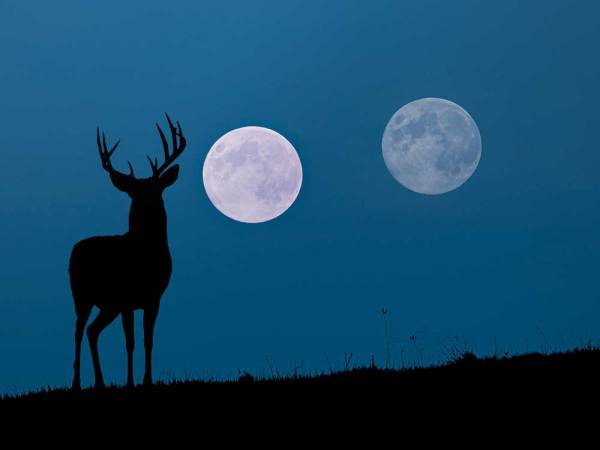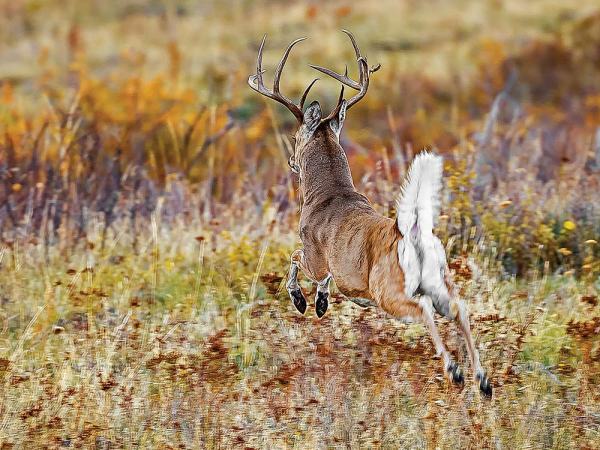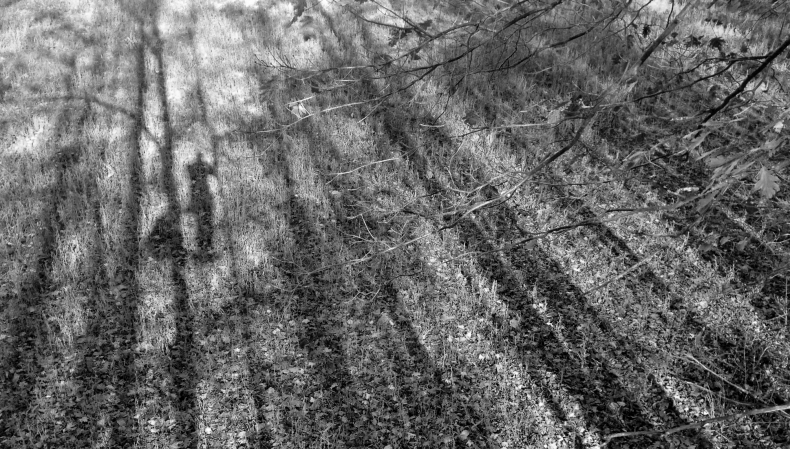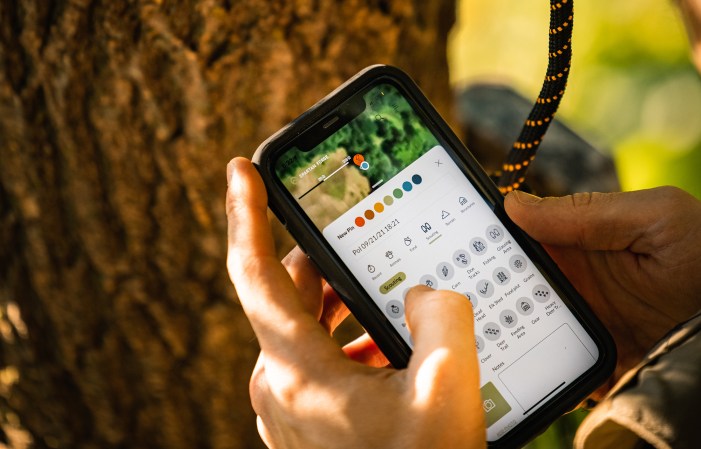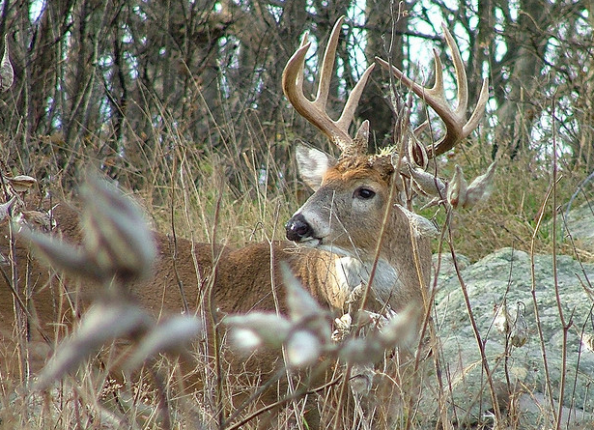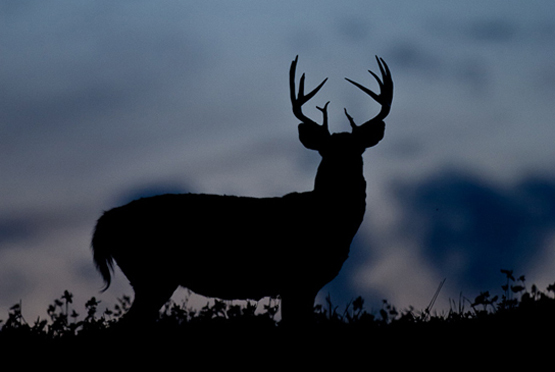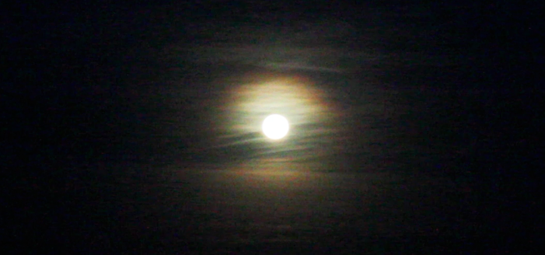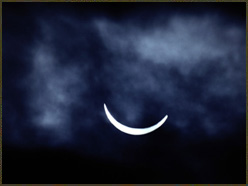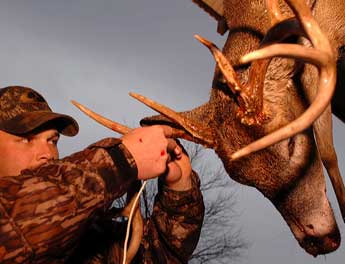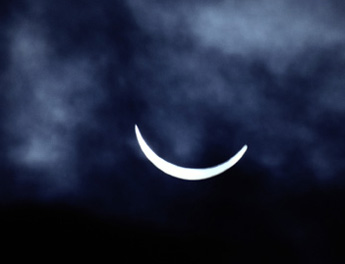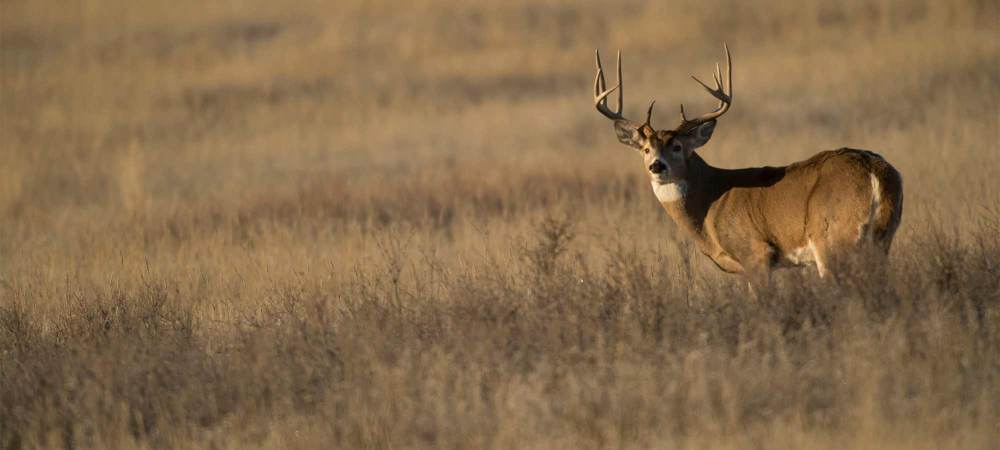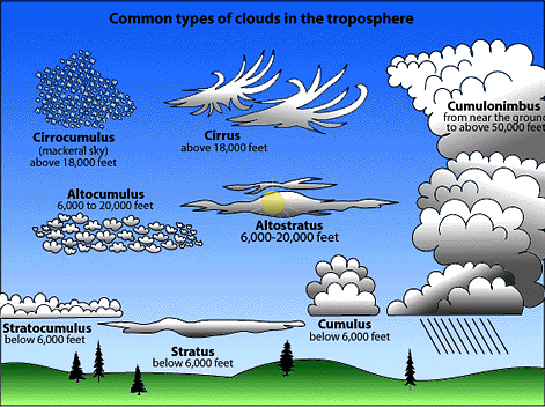It’s happened to you: On those days when you just know the deer will be moving throughout the woods, they don’t. Despite being in your best stand on a morning when everything about the weather seems to be perfect, a deer never comes within view. Nothing is stirring in the woods except the breeze. Wouldn’t it be nice to discover the “switches” that start deer moving in the woods and keep them going? Then we’d know which days to hunt, which days to work and perhaps even which tree stands to sit in. It was this pursuit that led me to Grant Woods, PhD, one of the nation’s foremost whitetail research biologists. What I hoped would be an elementary question for someone of his background ended up being anything but simple. Our telephone discussion was enlightening, although not in the way I expected.
WHAT WE DON’T KNOW
“What is the switch that triggers the short-term spikes in movement I see only a couple of times each fall?” I asked. When Dr. Woods began chuckling on the other end of the phone line I knew I was in for an education.
“I only wish I knew the answer,” he replied. “I feel safe in saying that no one knows the answer to that. It’s the puzzle many deer researchers are working to solve. Over the past several months I’ve been doing some very interesting research using GPS receivers attached to deer collars. After studying that information I have to eat some of the things I’ve preached for years. Predicting movement is much more complex than I thought.”
For one thing, Woods now believes that deer react to imminent changes in weather patterns that they detect with their heightened senses. These changes won’t occur for 24 to 48 hours, but when the conditions are right, deer are driven to feed. “We’ve tried all the simple correlations–barometric pressure, the moon, weather conditions–and none of them have shown any degree of accuracy,” says Woods. “We just don’t have the right kinds of data yet that will show exactly what combination of factors deer are sensing, but I’m sure the answer is out there. This is an exciting time to be involved in deer research.”
PARTS OF THE PUZZLE
Maybe we can’t predict exactly when deer will move best based on factors that we can’t measure, but we have a good idea how whitetails are affected by factors that we can observe.
BAROMETRIC PRESSURE: This is widely held to be one of the chief catalysts for deer movement. In his book Whitetail Movement, deer authority John Wootters notes that deer activity on his Texas ranch was greater when the barometric pressure was changing and at its highest when pressure was rising. He based that finding on years of observations and collected data.
TEMPERATURE: Deer are dressed in their winter coats by November. If you put on all your warmest clothes and then try to run around all day long in 80-degree heat, how long will you last? Based on my experience, and that of my many hunting contacts throughout the continent, daytime buck movement declines when the temperature rises more than 15 to 20 degrees above the norm.
WIND: The first few days of a high wind (above 25 mph) produce less deer movement. If the wind persists, deer become accustomed to it and move anyway. There is a limit, however. When a high wind gusts and reaches speeds high enough to snap off branches and blow debris from the trees, deer will stay put and wait until it passes. Such conditions generally are associated with a passing front and don’t last more than a day. I don’t like dead-calm weather either. The deer I hunt in the Midwest move noticeably less on mornings when a breeze is barely stirring. I suspect that it is due to their reduced scenting ability and to the fact that, because they can hear so well, they become extremely alert and nervous. It might also relate to barometric pressure. As far as I’m concerned, the worst time to hunt is on a warm, humid, still morning.
RAIN AND SNOW: There’s nothing more beautiful to a hunter than the sight of a nice buck coming through the timber with a thin layer of snow blanketing his back and antlers. Deer move well in the light snow that comes with a weak winter front. A misting rain associated with a falling barometer is also generally fine and deer will move well in it during any part of the season. However, when the sprinkles turn into a steady downpour, deer hole up. You probably should too.
MORNINGS VS. EVENINGS: Three sources have convinced me that mornings are better–my own experience, Wootters’ data and a study done by Brad Herndon of the Pope and Young Club records book staff. Record applications indicate that the number of trophies per man-hour is skewed toward the morning.
LOCAL FACTORS: What’s happening in your neck of the woods is much more important than general climatic conditions when predicting buck movement. For example, if one estrous doe passes your stand in the early hours you might think every buck in the state is on the move, while a buddy one ridge over might see nothing. By the same token, if a hunter passes through the area before you get there and has bumped the deer out, you might be willing to swear that every whitetail on earth is holed up.
PERFECT CONDITIONS: Give me a cool morning that dawns 10 degrees below normal with a light, steady breeze of about 5 to 10 mph and a rising barometer. Generally, it doesn’t matter what part of the season you’re hunting; when those conditions exist you’ll see above-average activity in any area where there is a decent population of deer.
We are probably still years from predicting the exact conditions that trigger brief spikes in movement. Maybe we’ll never know for sure. Yet that’s part of what makes each day of hunting special in its own way. Anything can happen at any time, but you have to be present to win.
Does the Moon Mean Anything?
Dr. Grant Woods has stopped publishing his profitable Daily Activity Index (DAI) calendar, mainly because his studies led him to believe it wasn’t altogether a reliable tool for hunters. The DAI was extrapolated from information regarding lunar phases and the daily rise and set times of the moon.
“I had to give up on the DAI because a recent study of deer movement showed that it just wasn’t accurate enough to be completely effective,” says Woods. “At best, the moon is a minor secondary factor in predicting periods of daily activity and is easily overwhelmed by many other local factors such as wind speed, hunting pressure and air temperature.”
On a different tack, some researchers–whitetail lecturer and writer Charles Alsheimer among them–contend that moon phase can be relied upon as a rut timer in northern latitudes: the Northeast, Midwest and Northwest. Alsheimer says his system has been tested with eight years of data and is an accurate predictor of those days when the rut will be “hottest.” According to Alsheimer, serious rutting activity begins shortly after the “rutting moon,” the second full moon following the fall equinox (September 21), and peak breeding will occur during a two-week period starting one week after the rutting moon.
From personal experience in the field (I hunt every day of the rut each season) I’d say there is definitely merit to Alsheimer’s findings and I take them seriously. For more information on the subject consider Alsheimer’s book, Hunting Whitetails by the Moon, www.charlesalsheimer.com.

